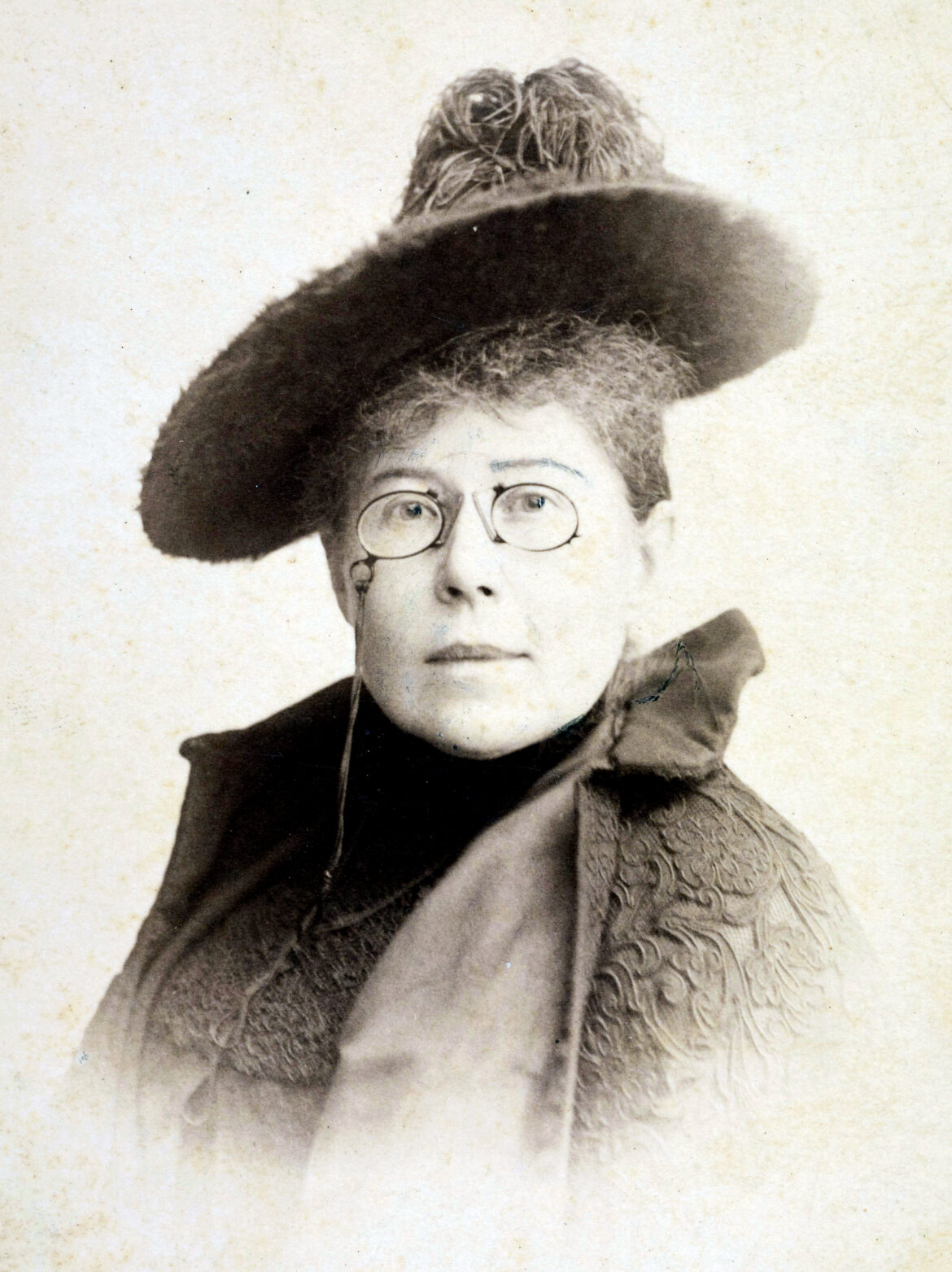11 October 1910, Lwów (today’s Lviv) became the scene of an unprecedented event. On that day, the monumental walls of the Bernardine Church saw the funeral of Maria Konopnicka, Polish poet, writer and independence activist. The ceremony turned into a manifestation of patriotism which attracted around 50 000 people.
Maria Konopnicka died on 8 October 1910 of pneumonia in Lwów. This city became part of the Polish state after Poland regained its independence in 1918.
The funeral ceremony itself began in the afternoon. Crowds of people gathered not only in the church, but also in the adjacent Bernardine Square, which was literally flooded by masses of mourners. It was estimated that it was filled to the last seat, as a journalist from the ‘Kurjer Lwowski’ reported in detail. The interior of the church resembled a colourful mosaic of flowers, wreaths, and sashes. When the ceremony was over, Konopnicka’s coffin was carried out on the shoulders of four men. The white shroud that hung from it focused the gazes of all attendees.
The vice-mayor of Lwów, Tadeusz Rutowski, made a moving speech. He described Konopnicka as “the singer of the saddest plight in the nation” and emphasised her literary skills and her deep social and patriotic commitment.
After his speech, the coffin was solemnly carried off towards Lychakiv Cemetery. The funeral procession was so large that the last participants left the church only an hour and a half after it had set off. Among the congregation were not only Poles, but also Ukrainians, which emphasised the universal and transnational nature of Konopnicka’s work.
At the Lychakiv Cemetery, the coffin was placed in a temporary grave. Speakers began the following addresses, lasting almost an hour and a half. There were nine of them including the poet Jan Kasprowicz and representatives of the Viennese parliament (Lwów was then part of the Austro-Hungarian Empire). After the lighting of torches and the singing of several songs, including ‘God Save Poland’, the mourners left the cemetery.
For those who witnessed Konopnicka’s funeral, it remained a symbol of a society united in pain, but also in the pursuit of freedom and independence.





